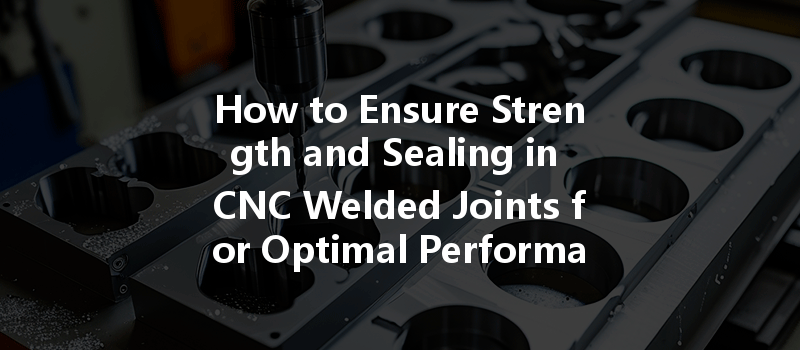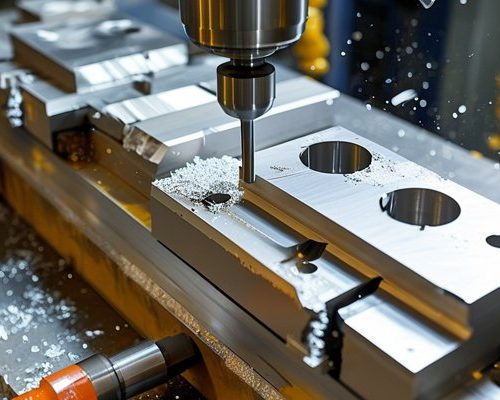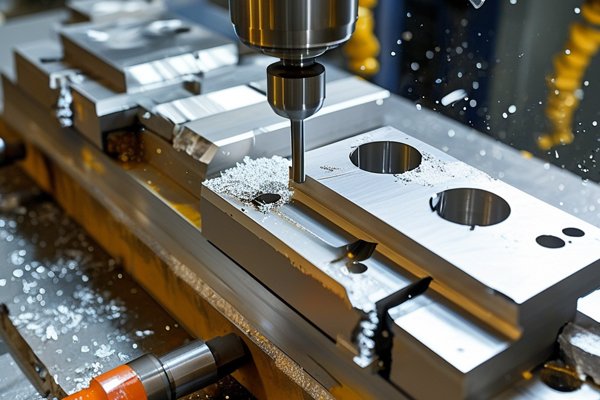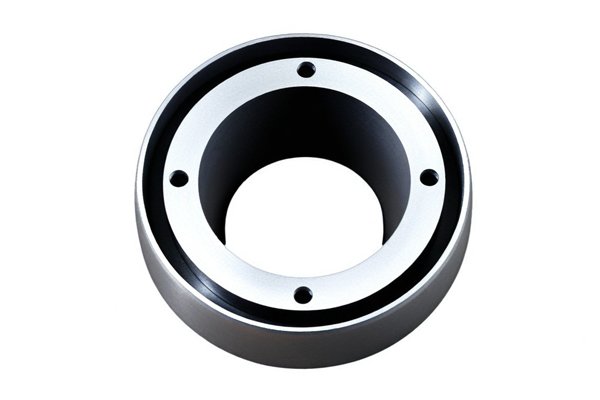In the precision-driven world of CNC machining, a robust joint can make the difference between failure and success. At YL Machining, we understand that the strength and sealing of CNC welded joints are not merely technical specifications but the very foundation of reliable engineering. Whether you’re in the aerospace, automotive, or medical fields, the importance of solid, airtight welded connections cannot be overstated. This comprehensive guide aims to enlighten you on the multifaceted nature of CNC welded joints, covering everything from design considerations to advanced techniques for ensuring strength and sealing. So, buckle up as we navigate through the intricate landscape of CNC machining and welding.
Understanding CNC Welding: The Basics
What is CNC Welding?
CNC welding refers to computer numerical control (CNC) techniques applied in welding processes. Unlike traditional welding, CNC welding uses automated systems to optimize precision and quality, allowing for intricate designs and tight tolerances.
Types of CNC Welding Techniques
The Importance of Strength in Welded Joints
What Makes a Strong Welded Joint?
Strength in welded joints is influenced by multiple factors, including:
Quantifying Weld Strength
Weld strength can be quantified by:
Industry Standards
At YL Machining, we adhere to industry standards set by organizations like ASTM (American Society for Testing and Materials) and AWS (American Welding Society) to ensure the integrity and reliability of our welded joints.
Mastering Sealing in Welded Joints
Why Sealing Matters
Sealing is an essential aspect of welded joints, particularly in industries requiring airtight and watertight connections. Proper sealing helps prevent contaminants from entering or escaping systems, contributing to overall product longevity and performance.
Achieving Effective Sealing

Advanced Techniques for Enhancing Strength and Sealing
Real-Time Monitoring
At YL Machining, we have implemented advanced technologies such as real-time monitoring systems in our CNC welding processes. These systems leverage sensors to monitor parameters such as temperature, voltage, and travel speed, ensuring that the welding process remains within optimum ranges.
FEA (Finite Element Analysis)
Using FEA during the design phase allows us to simulate the mechanical behavior of welded joints under various stresses and conditions. This can aid in optimizing joint geometry and material selection before the actual welding takes place.
Pre-Weld Treatments
Another innovative approach is performing pre-weld treatments. This can include surface preparation methods like grit blasting or chemical cleaning to enhance the material properties and promote stronger bonds.
Best Practices for CNC Welding at YL Machining
Challenges Faced in CNC Welding
Material Limitations
Different materials behave differently when welded. Understanding these behaviors under various conditions is essential for avoiding future joint failures.
Heat Management
Balancing adequate heat application with the need to minimize distortion remains a perennial challenge in CNC welding. Maintenance of optimal temperatures ensures maximum weld integrity without compromising the overall workpiece geometry.
Cost of Filler Materials
Filler materials can become a significant cost factor. Companies must consider budget constraints while ensuring they do not compromise on the quality of welds.
Future Trends in CNC Welding
The strength and sealing of CNC welded joints are critical elements that determine the reliability and functionality of various engineered products. By embracing state-of-the-art techniques and laying a strong emphasis on design, material selection, and quality control, organizations like YL Machining are well-positioned to meet the demands of modern engineering.
We invite you to explore these solutions as you ponder your next project. With every joint, we stand committed to excellence, promising strength and sealing integrity that you can rely on. Join us in this journey, and let’s craft a brighter, more reliable future—one weld at a time.
—



